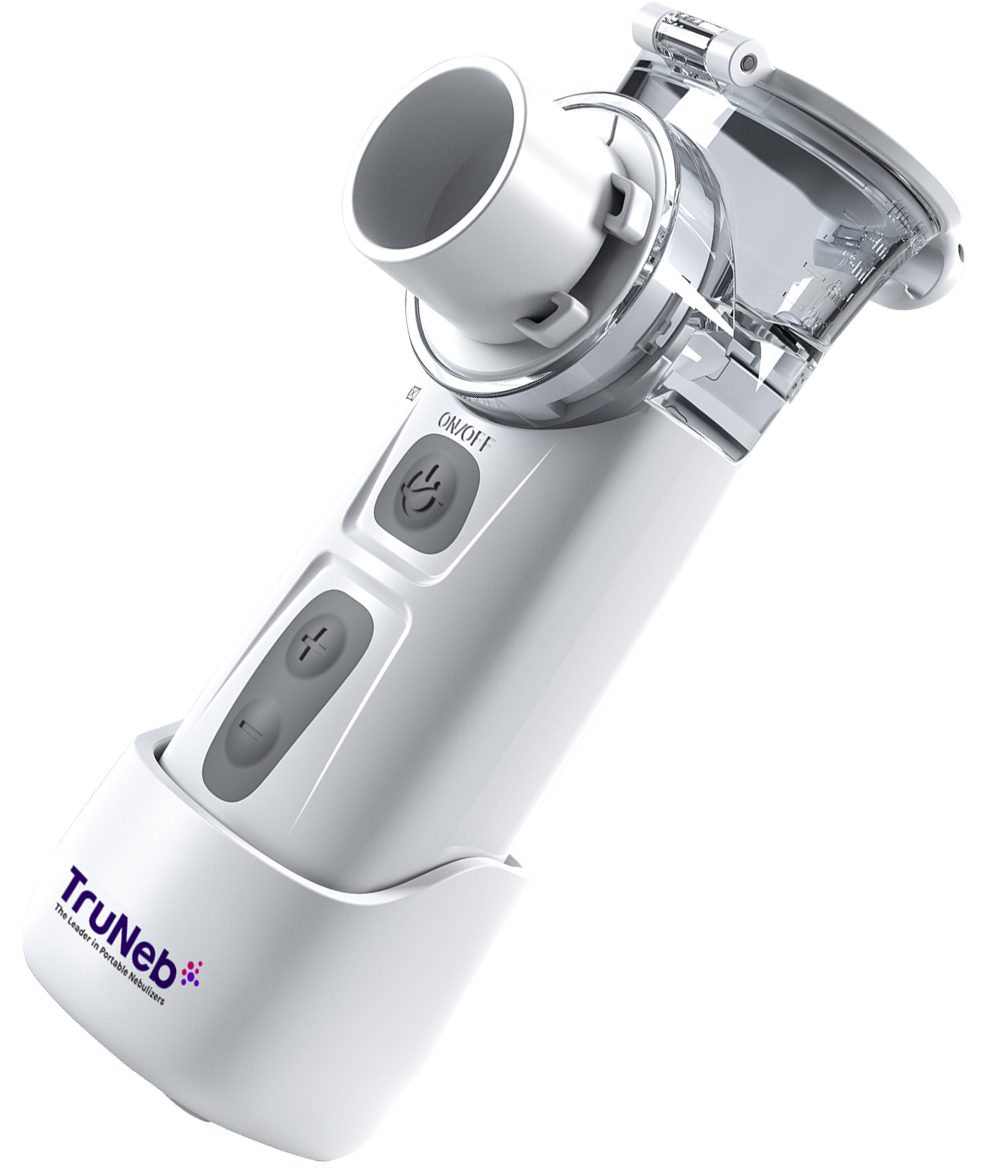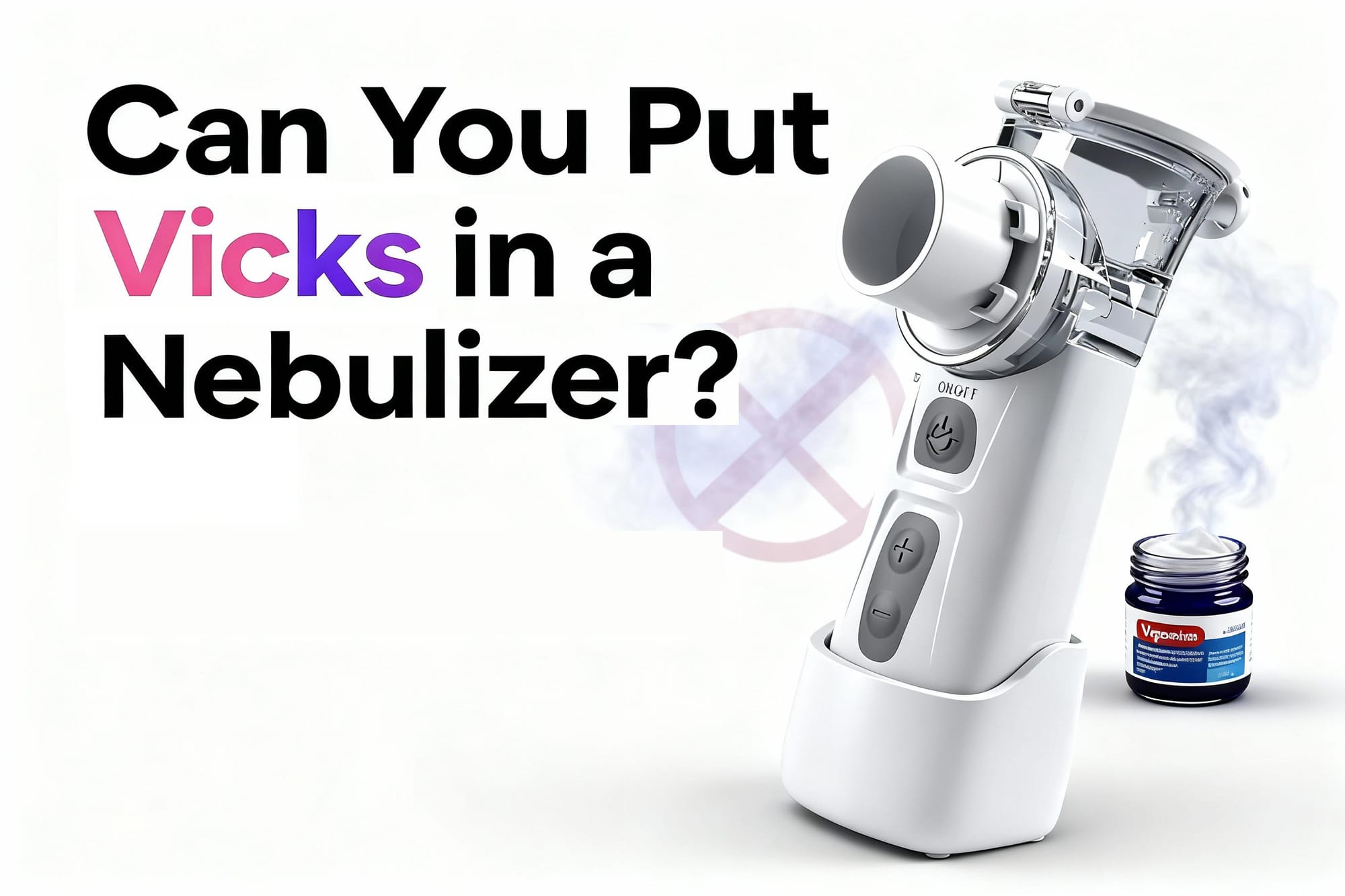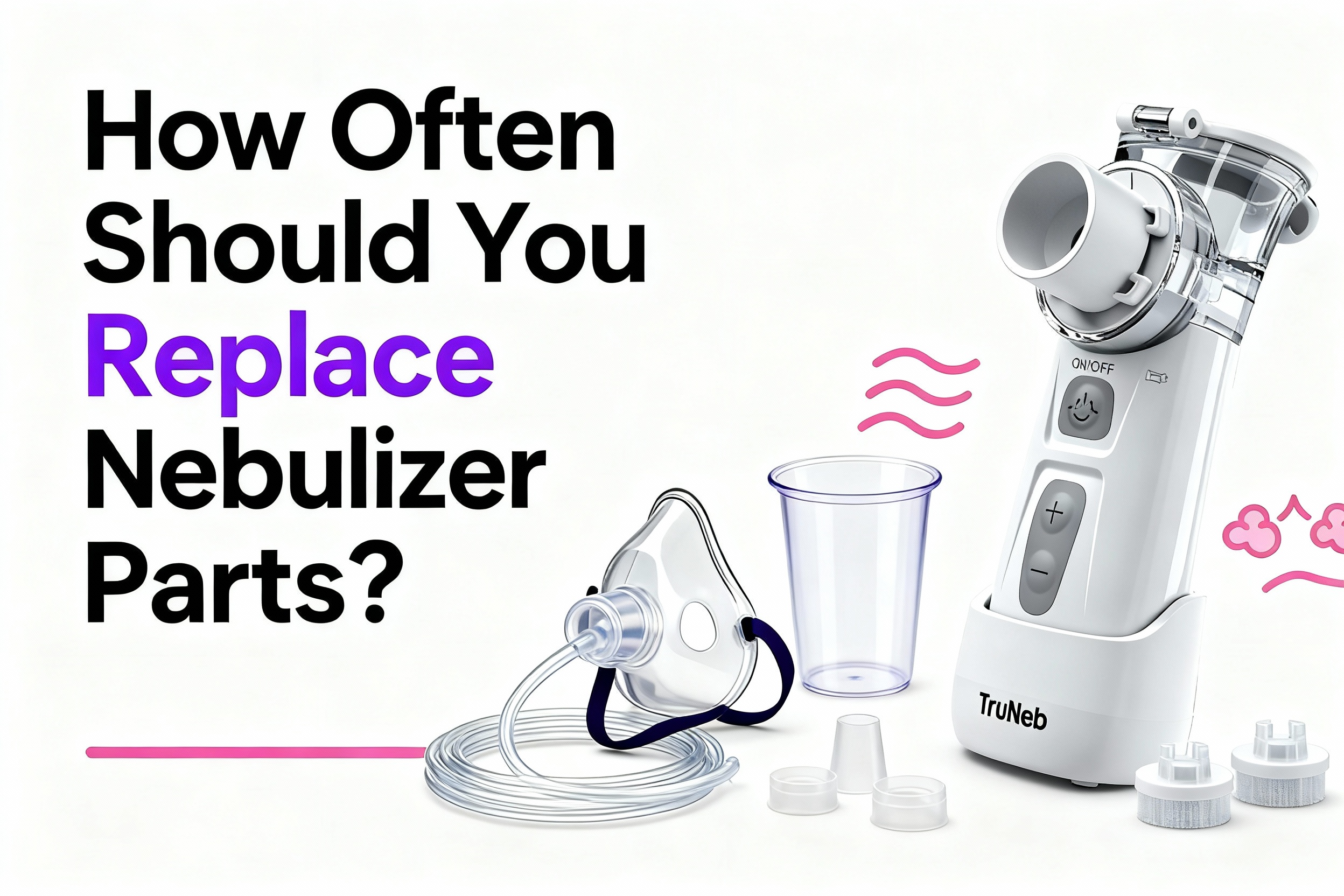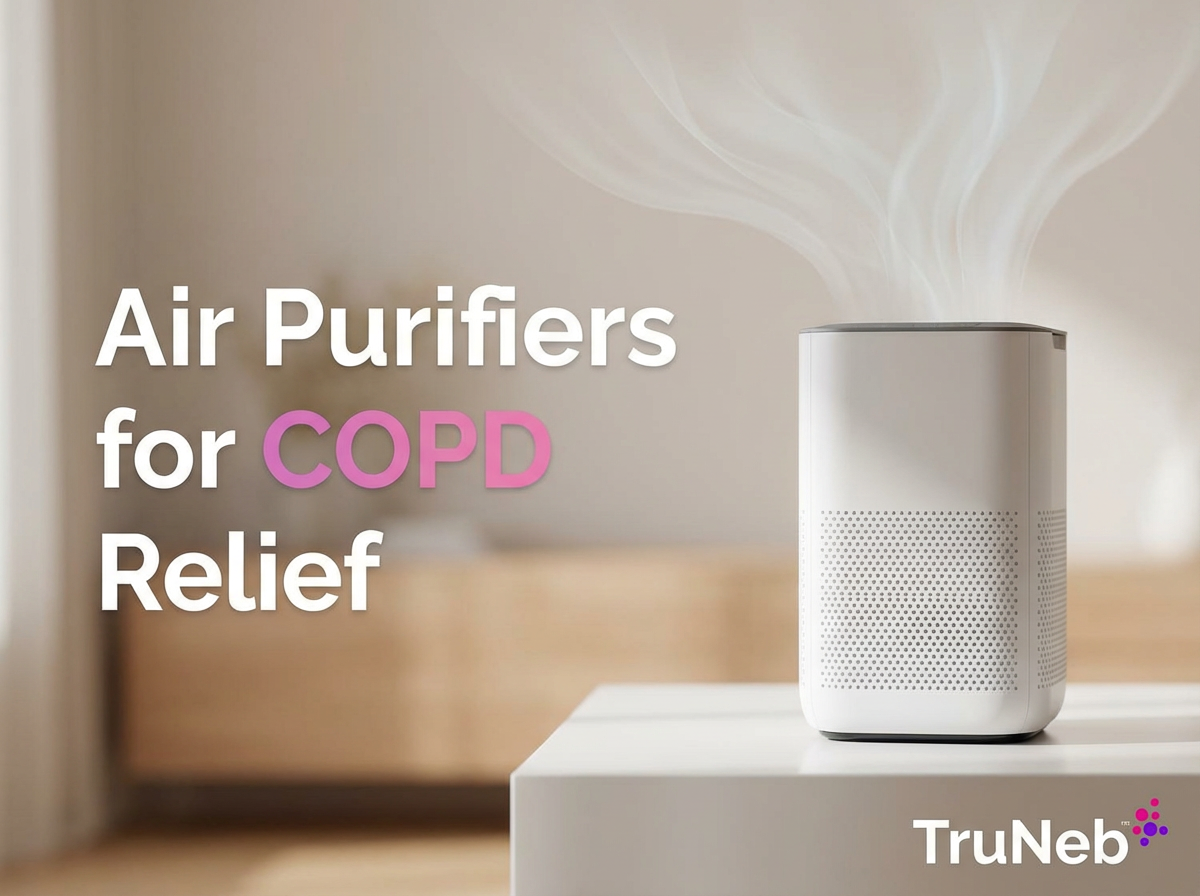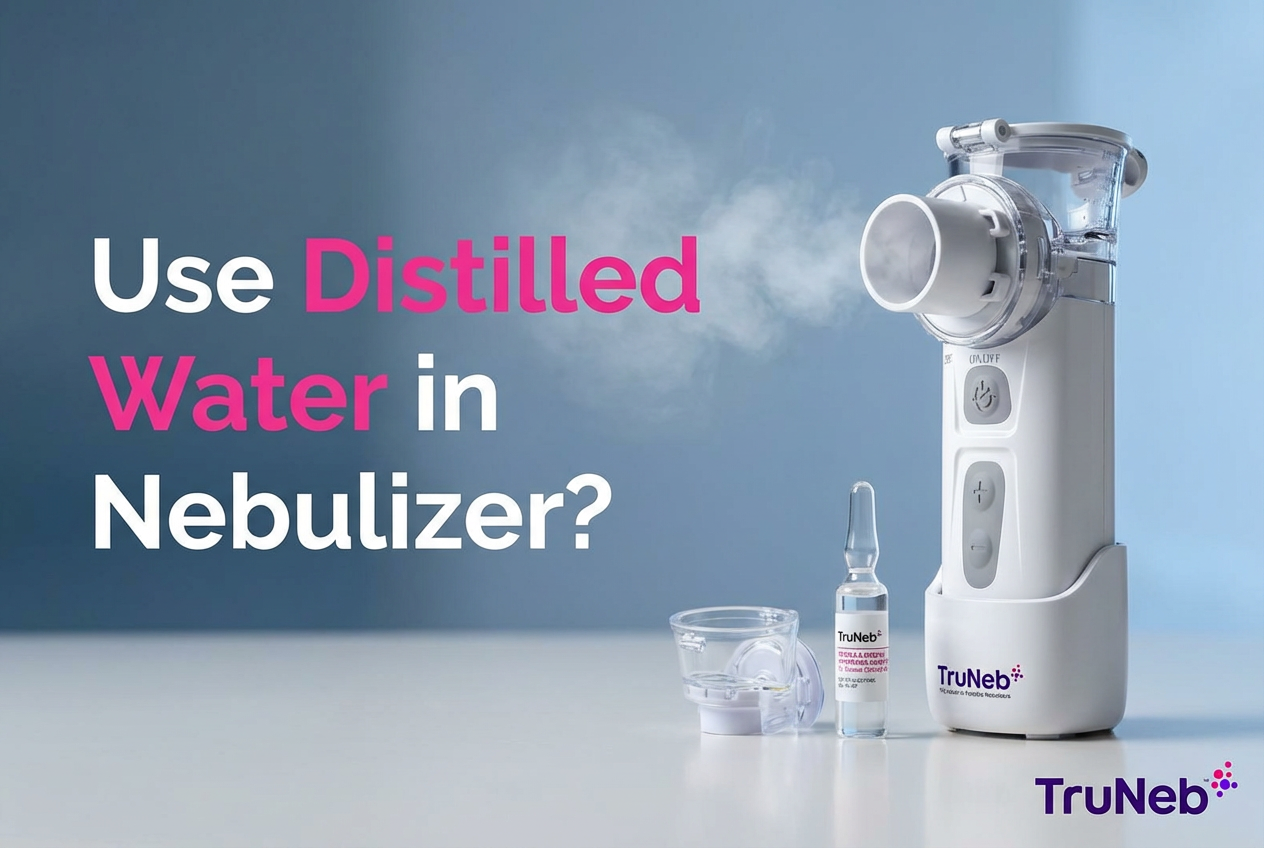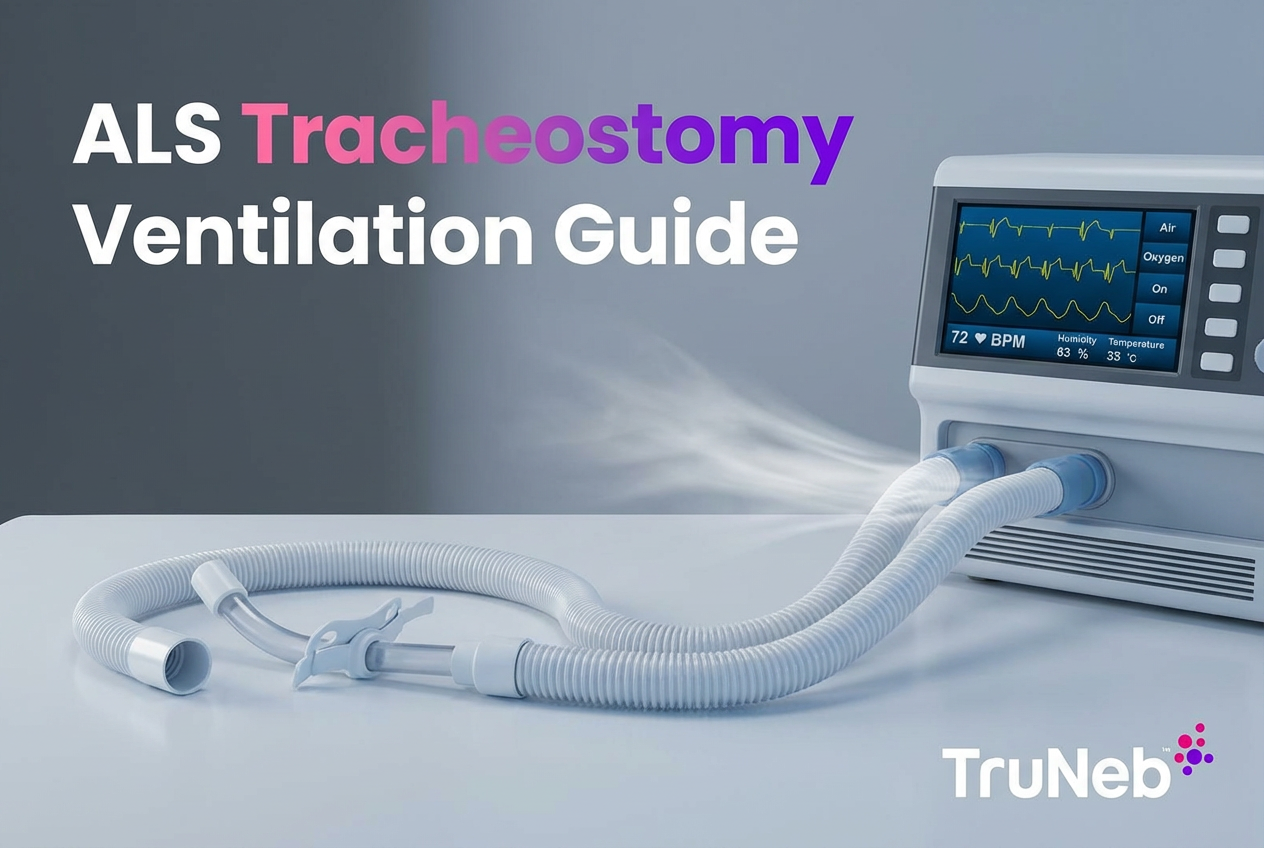On this page
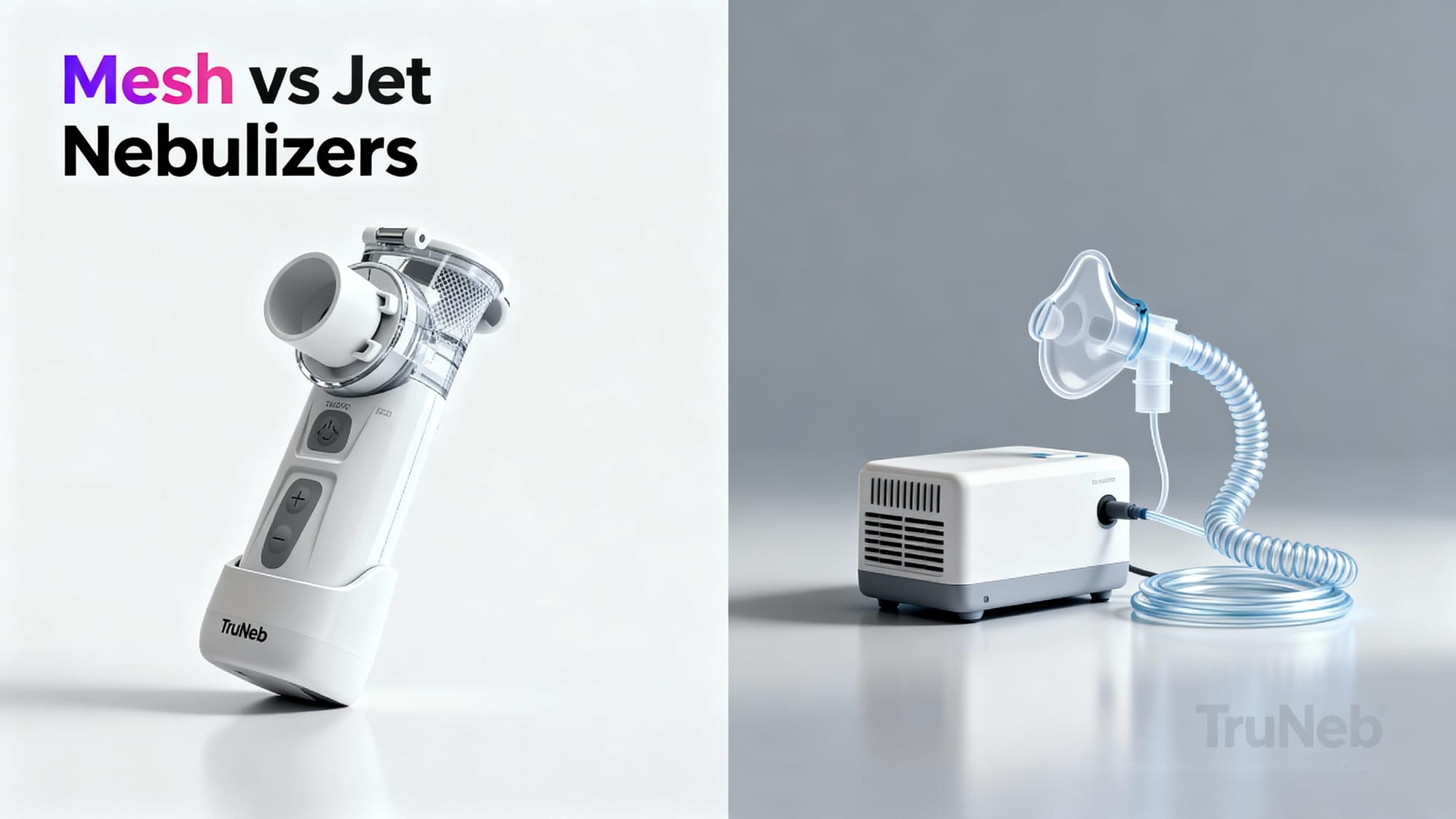
Overview of Nebulizer Types (Jet, Mesh, Ultrasonic)
Nebulizers turn liquid medicine into a fine mist you breathe in. Doctors use nebulizers for conditions like asthma and COPD. The two most common types are jet (compressor) and mesh (vibrating mesh). Mesh devices are a newer nebulizer technology designed to deliver the same medicines in a smaller, quieter form.
- Jet nebulizer: uses a small air compressor to push air through the medicine and make mist. It plugs into a wall and has tubing, a cup, and a mask or mouthpiece.
- Mesh nebulizer: uses a tiny plate full of microscopic holes that vibrate to create mist. It’s small, quiet, and usually battery-powered.
- Ultrasonic nebulizer: uses sound waves to make mist. It exists, but it’s less common at home because some thicker medications don’t work well with it.
You might see products labeled ‘steam inhaler’—these are NOT for prescription breathing medicines.
Jet nebulizers are the traditional plug-in units; mesh nebulizers are a newer, portable option that’s quiet and handheld.
How Jet vs Mesh Nebulizers Work
Jet nebulizer – mechanism and parts
A jet (compressor) nebulizer uses pressurized air to pull medication up from the cup and break it into tiny droplets. It includes a compressor unit, tubing, a medication cup, and a mask or mouthpiece. It runs on wall power and makes a steady hum while it works. Think of a jet nebulizer like a small air pump that blasts air through your medicine.
Mesh nebulizer – mechanism and parts
A mesh nebulizer has a thin metal plate with thousands of microscopic holes. The plate vibrates at high speed, pushing medicine through those holes to form a fine mist. There’s no tubing, it’s handheld, and it usually runs on batteries or USB recharge. Think of a mesh nebulizer like a tiny sieve that vibrates and turns liquid into mist.
Jets use compressed air through tubing; mesh units push medication through a vibrating mesh in a compact handheld device.
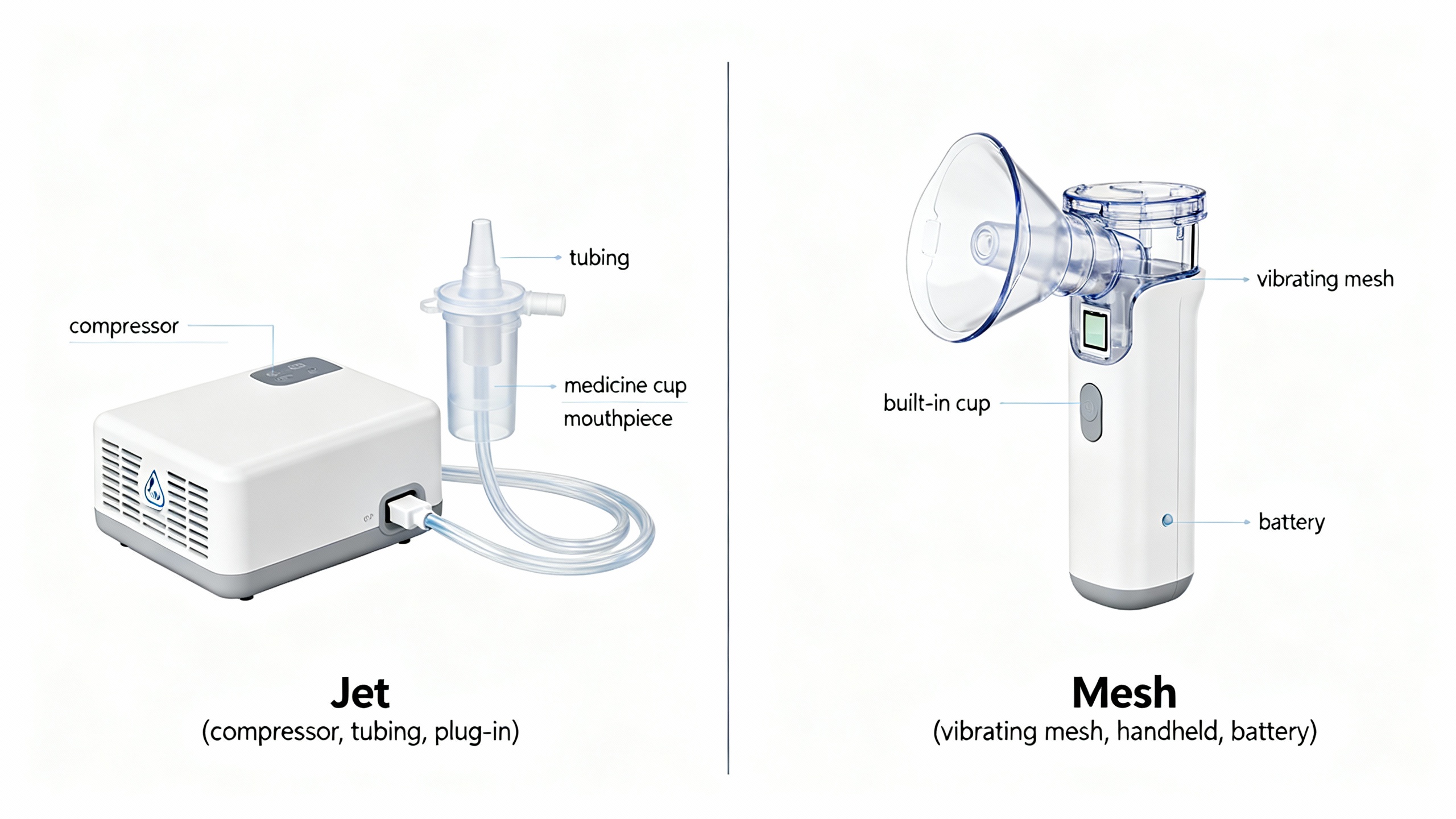
Particle Size and Medication Delivery
Both types are designed to make fine particles that can reach your lower airways. You’ll typically see MMAD (mass median aerodynamic diameter) around 3–5 micrometers (μm) for both jet and mesh units, which suits deep lung delivery. In an MMAD particle size comparison, both jet and mesh nebulizers generally produce ~3–5 μm droplets suitable for lower airways.
What this means: In real life, both jet and mesh nebulizers can deliver common medicines effectively when used correctly.
Small detail that helps: Mesh devices typically leave less leftover liquid in the cup (lower residual volume), which can help more of the dose turn into mist you can inhale.
Both jet and mesh nebulizers typically produce 3–5 μm particles, which can reach your lower airways effectively.
Treatment Time (Speed)
Most standard treatments use 2–4 mL of medicine. Most jet nebulizers take about 5–10 minutes for that. Plenty of mesh nebulizers can be as fast or a bit faster, typically finishing in about 4–8 minutes depending on the model and the medication. Mesh nebulizer treatment time is typically around 4–8 minutes, depending on the model and medication.
For most doses, mesh nebulizers are equal to or faster than jets, which can make daily treatments easier to stick with.
Portability and Power: Home vs On‑the‑Go
Jet nebulizers are usually tabletop units that plug into a wall outlet. They’re reliable at home but not easy to carry around. Some portable compressors exist, but they’re still bulkier.
Mesh nebulizers are pocket-sized, battery-powered, and easy to pack. You can use one in a car, at school, at work, or while traveling. This is the core portable vs tabletop nebulizer trade-off.
Jet nebulizers are best as tabletop home units, while mesh nebulizers are built for travel and on-the-go use.
Noise Levels and Comfort
Jet nebulizers can be loud because of the compressor and airflow. Mesh nebulizers are almost silent. The quiet operation can help with night-time treatments, nervous kids, and using your device around others.
Jet nebulizer disadvantages include noise, bulk, and generally longer sessions; mesh devices trade higher cost and careful cleaning for quiet portability.
If quiet matters, mesh nebulizers are nearly silent compared with the hum of a jet compressor.
Maintenance and Cleaning
Good cleaning keeps you safe and keeps the device working well.
- Jet nebulizer: Wash the cup and mask/mouthpiece after each use. Let them fully air-dry. Replace the compressor’s air filter as directed by the manufacturer. The compressor can last for years with basic care.
- Mesh nebulizer: Rinse the mesh and cup after each use so medication does not dry in the tiny holes. Follow the manual’s cleaning steps; some models include a gentle cleaning tool or a rinse cycle. The mesh plate or module sometimes needs replacement over time if output slows.
How often to replace a mesh nebulizer or mesh module depends on use; replace it when output drops or as the manual recommends.
Medication note: Most solutions (like albuterol) work well in both. Thicker suspensions (for example, budesonide and other steroid suspensions) can clog a mesh unless you clean it very carefully or use a device approved for that medicine.
Jet devices are sturdy with simple parts to replace; mesh devices work great but need careful cleaning to prevent clogs.
Safety note
⚠️ If you have severe trouble breathing, chest pain, bluish lips or face, or confusion, call emergency services right away.
- Keep all nebulizer parts clean and dry to lower the risk of infections.
- Talk to your doctor before trying a new medication or switching how you take it.
- Follow the device manual for cleaning, filter changes, and mesh replacement.
- If your symptoms don’t improve or you’re considering changing your treatment, talk with your doctor.
Cost Comparison
- Jet nebulizers usually cost less upfront and are usually covered by insurance as durable medical equipment. Ongoing costs are low (filters and occasional accessories).
- Mesh nebulizers cost more upfront. You might also replace a mesh cap or module over time. Most people pay out of pocket for mesh units.
Jet nebulizer cost is typically lower upfront and parts are inexpensive.
Jets are budget-friendly and usually insurance-covered; mesh devices cost more but add quiet, speed, and portability.
Side-by-Side Comparison (Jet vs Mesh)
Here’s a quick side-by-side view of the key differences.
| Factor | Jet (compressor) | Mesh (vibrating mesh) |
|---|---|---|
| Portability | Tabletop; plugs into outlet | Handheld; battery/USB |
| Noise | Loud hum (∼50–60 dB)† | Near-silent (<30 dB)† |
| Treatment time (2–4 mL) | ∼5–10 min‡ | ∼4–8 min‡ |
| Particle size (MMAD) | ∼3–5 µm | ∼3–5 µm |
| Maintenance | Clean cup/mask; replace air filter | Clean after each use; mesh can clog; replace mesh module |
| Medication compatibility | Solutions and suspensions | Solutions; some suspensions may clog• |
| Upfront cost | Lower; often insurance-covered | Higher; often out-of-pocket |
† Typical sound levels; actual noise varies by model. ‡ Times vary by device, dose, and medication. • Check your device manual for approved medications.
Which Nebulizer Should You Choose?
Both types can deliver your medicine well. Your choice comes down to how you live, what you value, and your budget.
- Choose a jet nebulizer if you want the lowest cost, plan to treat at home, and don’t mind noise.
- Choose a mesh nebulizer if you want quiet treatments, fast sessions, and easy travel.
- Some people keep both: a jet at home and a mesh device for work, school, or trips.
A portable nebulizer like TruNeb™ can make treatments easier to stick with because it’s small and quiet. Still, use what fits your plan and what your doctor recommends.
Both work well; pick a jet for low cost at home, or a mesh if you want quiet, quick treatments anywhere.
Frequently Asked Questions
Tap or click a question below to see the answer:
Neither is always better. Both deliver medicine effectively when used properly. Mesh is better for quiet, speed, and travel; jet is better for low cost and likely insurance coverage for home use.
The main mesh nebulizer disadvantages are higher cost, the need for careful cleaning to prevent clogs, a mesh part that may need replacement, and possible trouble with some thicker suspensions.
Yes. Mesh nebulizers are nearly silent, while jet nebulizers make a noticeable hum from the compressor and airflow.
Most common solutions (like albuterol) work well. Thick suspensions can clog a mesh unless the device is approved for them and you clean it carefully. Check your device manual and ask your doctor.
For jets, replace the air filter as directed and swap cups or masks when worn. For mesh devices, replace the mesh module or device when output slows or as the manual suggests (typically within 6–12 months of regular use).
This content is for informational purposes only and is not a substitute for professional medical advice. Always talk with your doctor about your symptoms and treatments.

